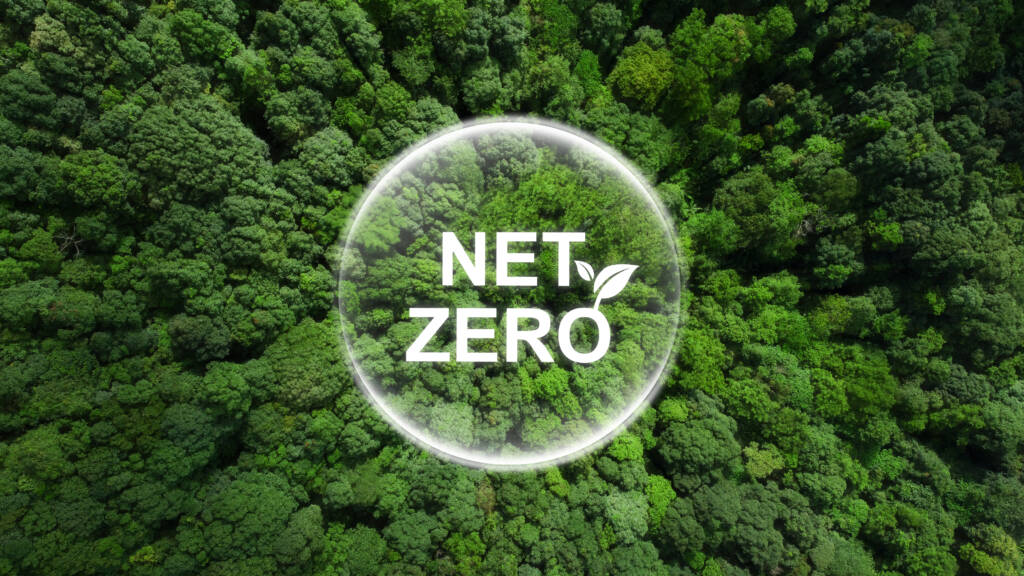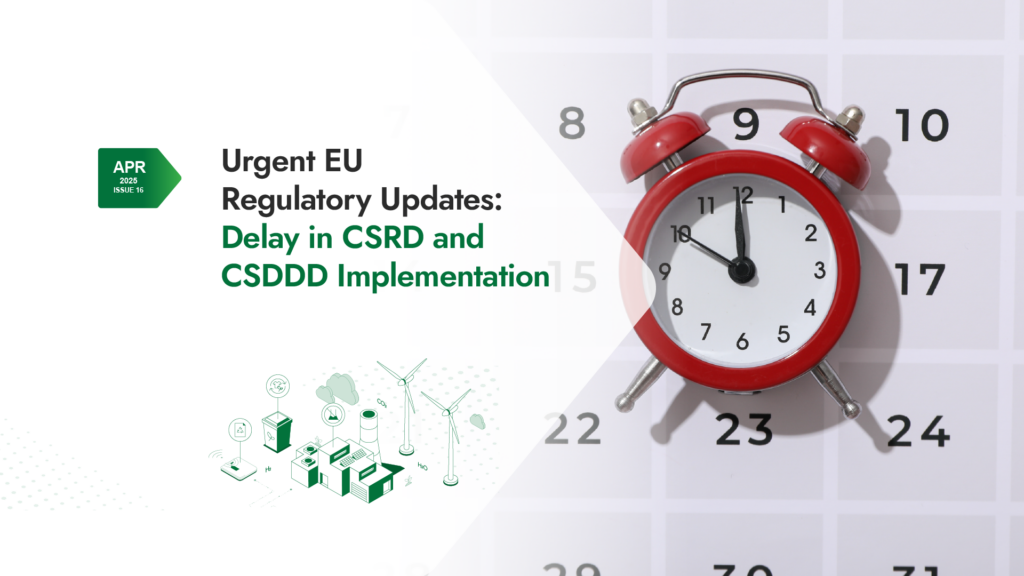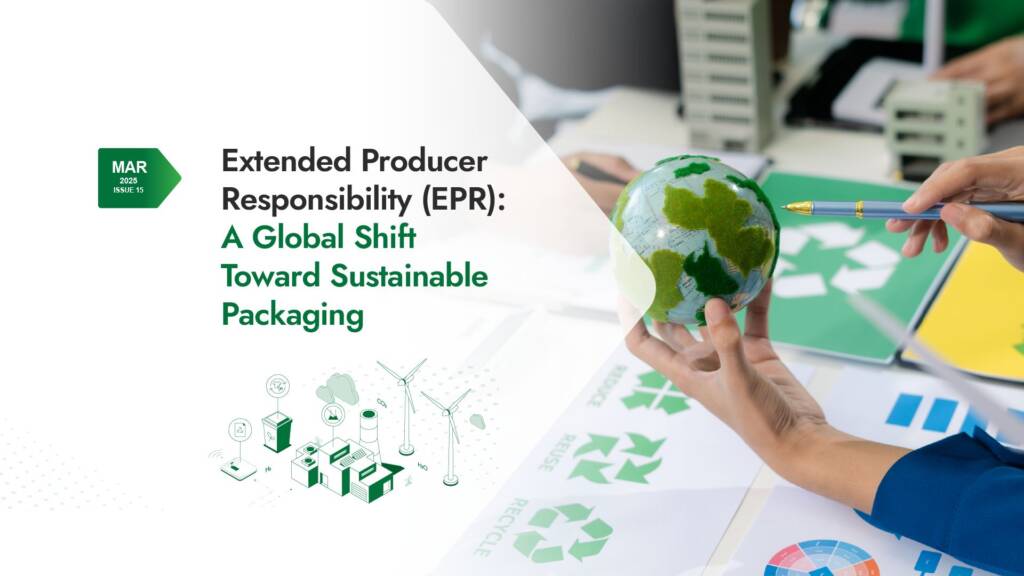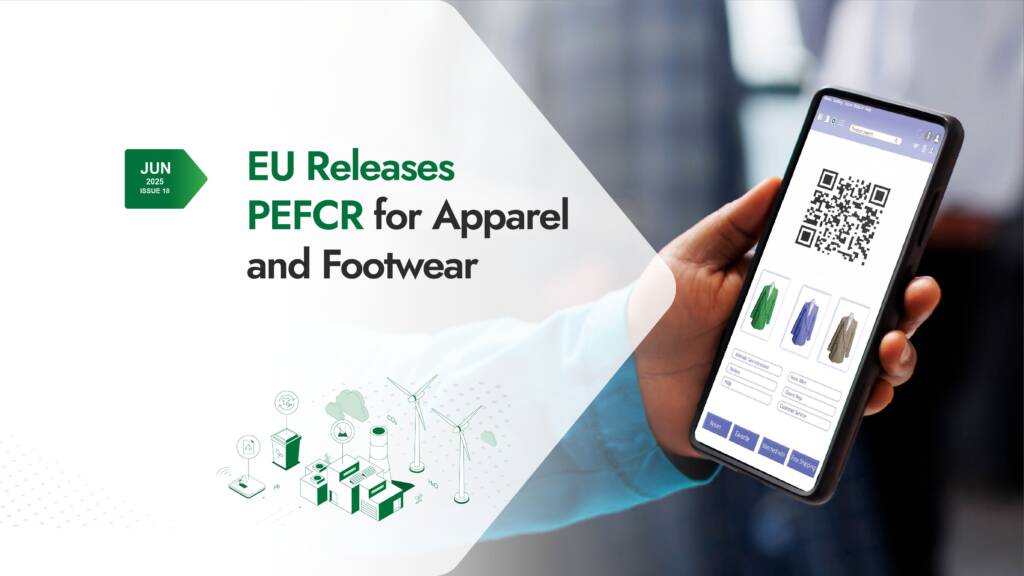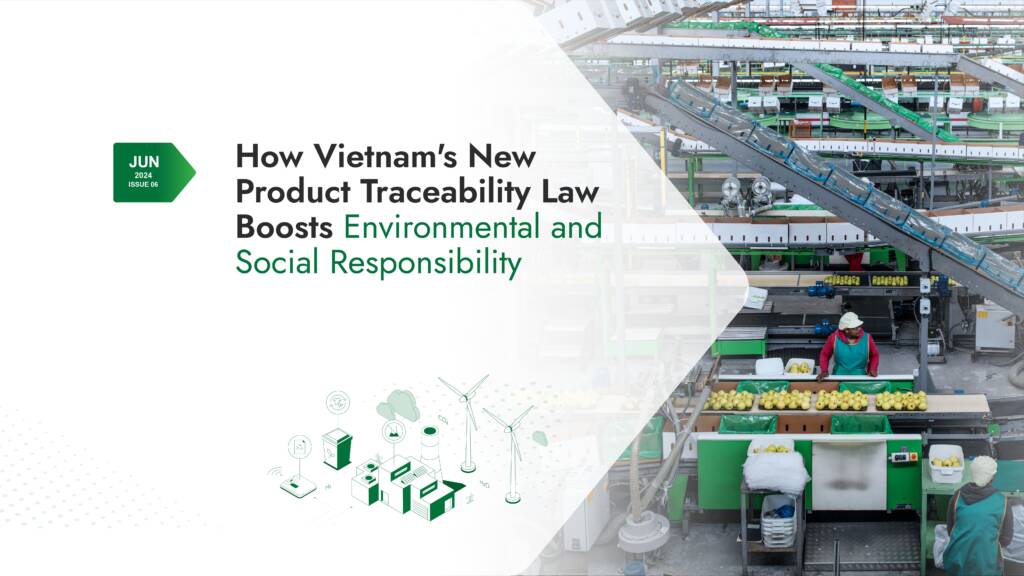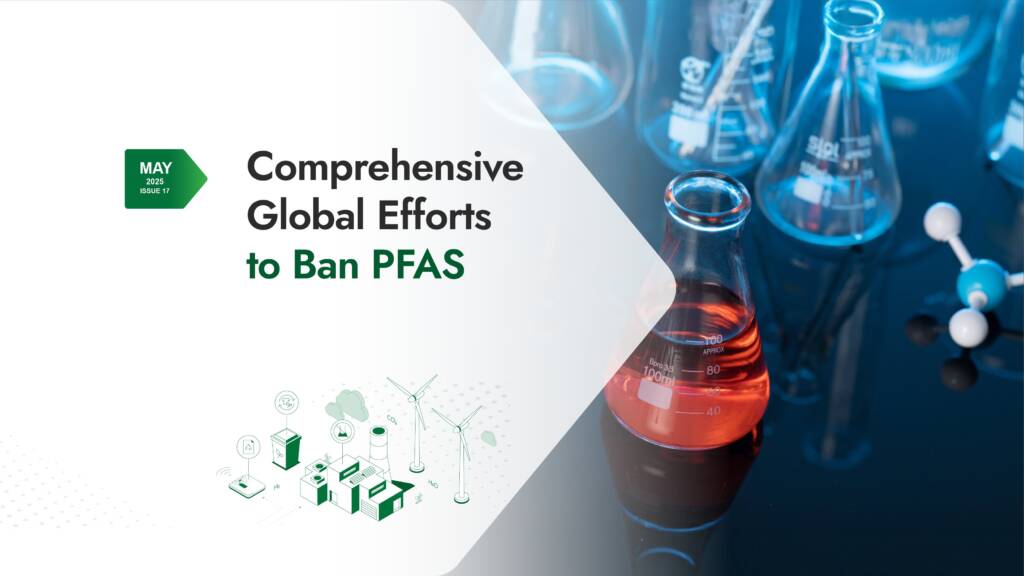Sustainability Insights #23
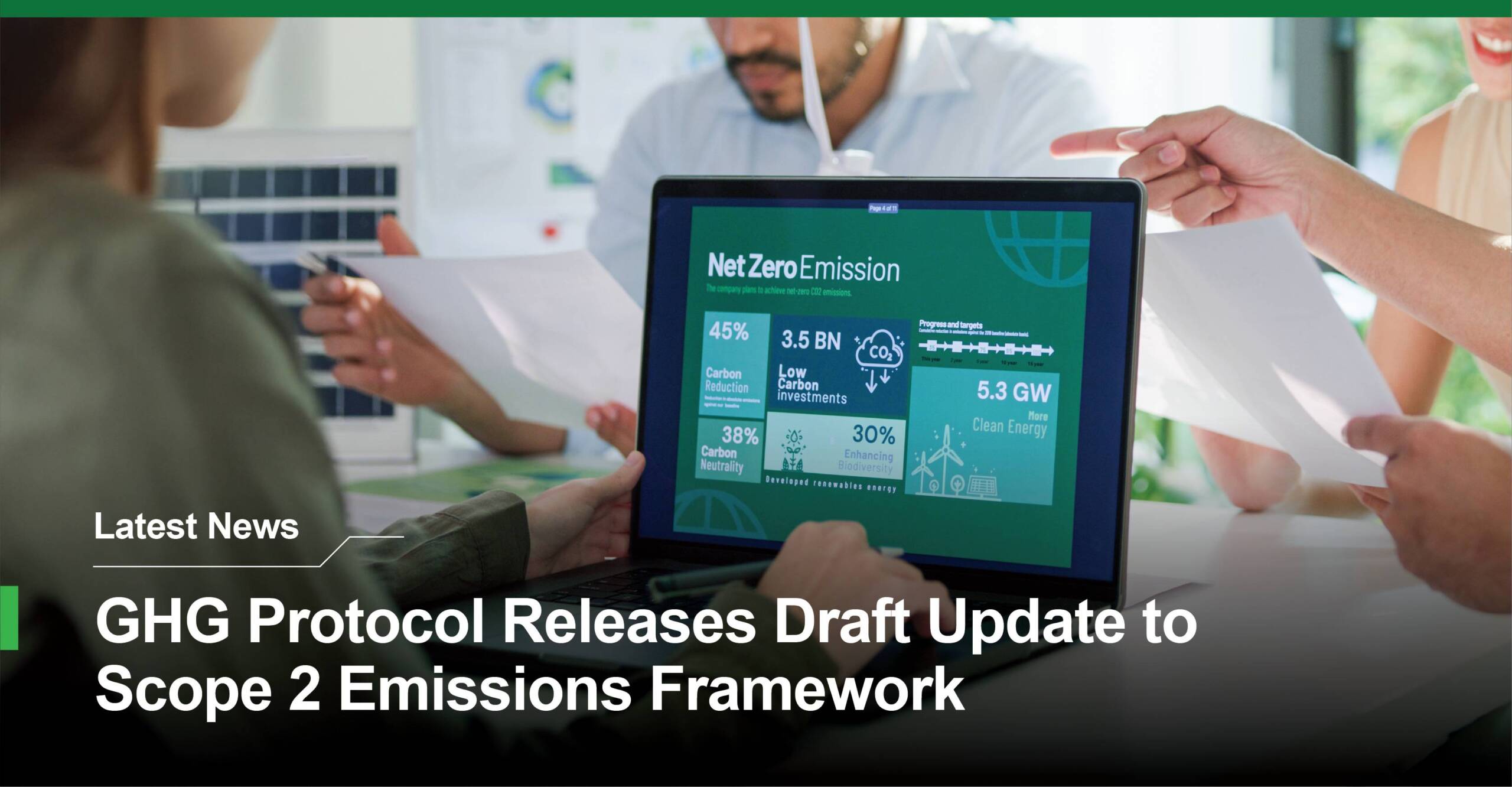
Climate disclosure rules are accelerating worldwide. China is strengthening sustainability reporting, and the EU is rolling out the Corporate Sustainability Reporting Directive. In step with this momentum, the GHG Protocol, a leading framework for corporate greenhouse gas accounting, has released a draft update to its Scope 2 Guidance.
Following recommendations from its Technical Working Group and approval by the Independent Standards Board, the revised guidance has entered a 60-day public consultation period starting in October 2025.
What is changing and why it matters
The proposed update improves accuracy, transparency, and credibility in reporting emissions from purchased electricity. Here are the three most important changes and how they affect Scope 2 reporting.
- Hourly Matching: Companies are encouraged to match their electricity use with clean energy generation on an hourly basis, rather than annually. Hourly matching ensures that renewable energy claims align with actual generation and consumption simultaneously, improving the accuracy and credibility of emissions reporting.
- New Emission Factor Hierarchy: Instead of annual national averages, companies will need to use the most precise data available, starting with local grid factors and hourly intervals. This ensures reported emissions reflect actual electricity delivered, improving accuracy and comparability.
- Contractual Quality Criteria: The update introduces stricter rules for how companies use energy certificates (such as Renewable Energy Certificates (RECs) or Green Electricity Certificates (GECs)). To count toward emissions reductions, these certificates must meet new quality criteria for:
1. Location relevance: Energy must come from the same deliverable market boundary (grid region) as the consumer operations
2. Time correlation: Energy must be generated close to when it’s consumed (hourly matching)
The draft update signals a shift to higher-integrity Scope 2 emissions reporting. Companies will need better data granularity, more precise emission factors, and higher-quality energy certificates to substantiate renewable claims.
Source:
Greenhouse Gas Protocol
Key takeaways:
- The GHG Protocol Scope 2 draft guidance sets a new bar for precision and credibility in electricity emissions reporting.
- Prepare by improving data systems, metering, and access to granular grid factors and hourly data.
- Review energy procurement strategies, including RECs and GECs, against stricter location and time criteria.
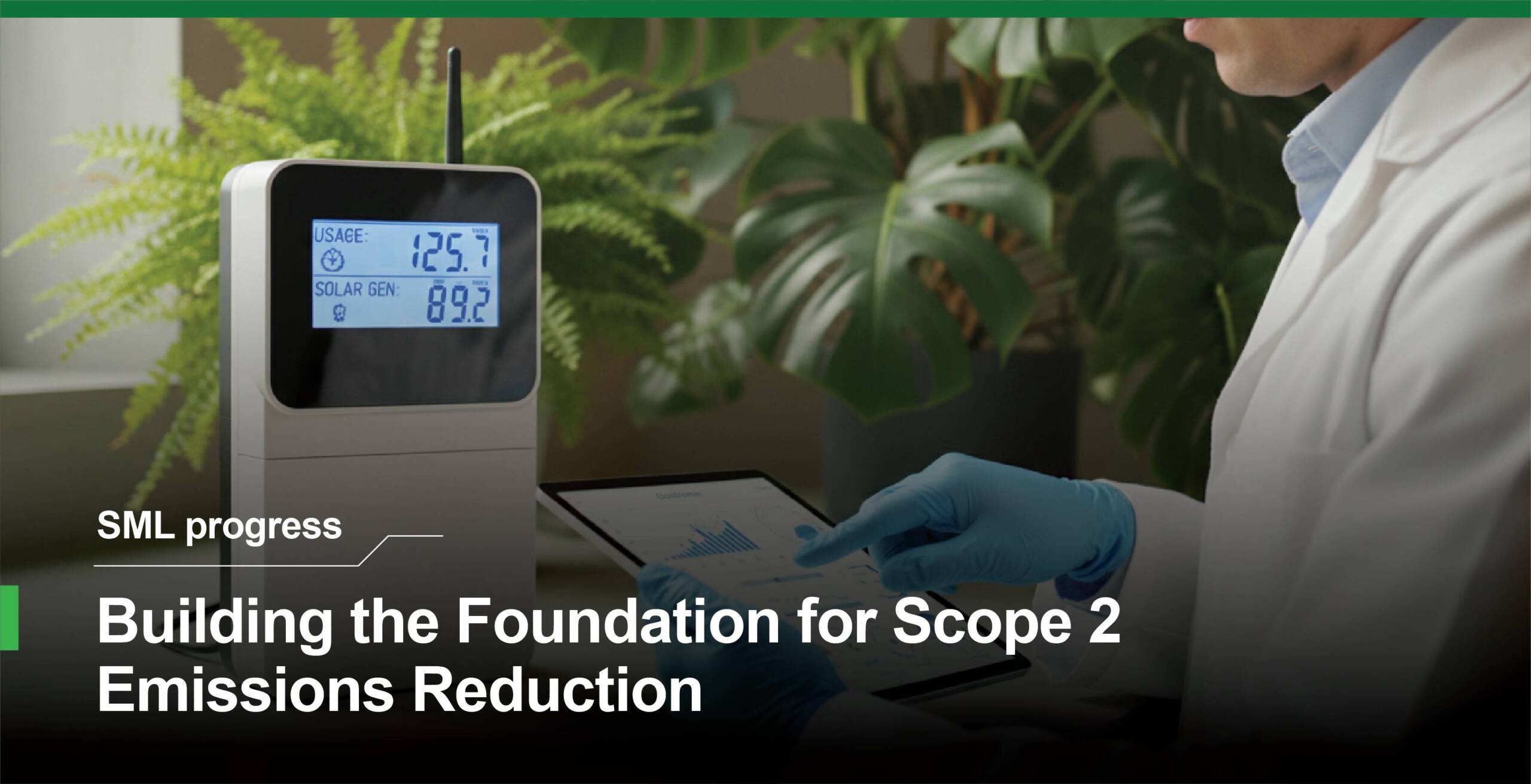
SML is aligning its strategy with global climate frameworks such as the Science Based Targets initiative (SBTi). We commit to reduce absolute scope 1 and 2 GHG emissions 42% by 2030 from a 2021 base year. To support this validated near-term target, we are taking the following actions to improve data accuracy and renewable sourcing.
- Starting from 2025, our production sites in China (Dongguan and Shanghai) purchased GECs to support clean energy use.
- A smart energy meter was installed at our Shanghai site, enabling real-time monitoring and improved Scope 2 data granularity.
- We continue to invest in Renewable Energy Certificates across production sites in India, Vietnam, and Hong Kong.
These initiatives strengthen our readiness for evolving Scope 2 standards and demonstrate measurable climate action.

Scope 2 emissions are indirect greenhouse gas emissions from the generation of purchased electricity, steam, heating, and cooling that a company consumes. These emissions occur off-site at power plants but are attributed to the company because they result from its energy use.
Scope 1 covers direct emissions from sources a company owns or controls, such as fuel combustion. Scope 2 focuses on the electricity and energy a company buys and how clean that energy is.
Why Scope 2 management matters
- Reduce your carbon footprint with cleaner electricity and energy efficiency.
- Achieve science-based targets by improving Scope 2 performance.
- Stay ahead of GHG Protocol updates and prepare for evolving disclosure requirements.
With the GHG Protocol’s proposed updates, accurate tracking and credible sourcing will be essential. Hourly matching, granular emission factors, and higher-quality certificates will strengthen the integrity of Scope 2 reporting and renewable energy sourcing- driving real progress toward GHG emissions reduction.
Source:
Greenhouse Gas Protocol

to discover tailored solutions and
lead the way in sustainability.


